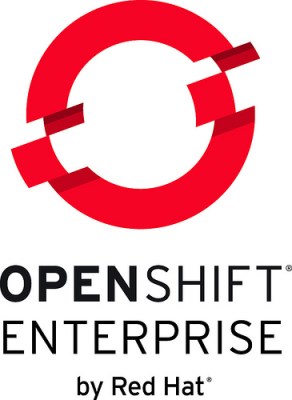Red Hat’s OpenShift platform-as-a-service started as a hosted solution for developers. It was, ostensibly, Red Hat dipping its toe into the platform-as-a-service waters. It proved successful enough to keep going. In keeping with Red Hat’s open source ethos, the product was released as an open source project called OpenShift Origin. This allowed anyone to deploy and run the Red Hat PaaS on their own hardware. Like most open source projects, though, OpenShift Origin doesn’t come with any official support.
Today, Red Hat is releasing OpenShift Enterprise, an officially supported version of its PaaS offering designed for enterprise customers. Red Hat had publicly committed to an enterprise version of its OpenShift PaaS earlier this year, and today’s news is the first supported release of that effort. As one would expect from a Red Hat product, OpenShift Enterprise is built atop Red Hat Enterprise Linux, and leverages things like cgroups and SELinux.
I spoke with Ashesh Badani, general manager of the Cloud Business Unit and OpenShift at Red Hat, about OpenShift Enterprise. The most interesting statement from our conversation was Badani’s claim that OpenShift Enterprise “legitimately transforms every Linux administrator into a cloud administrator.” For current (and prospective) Red Hat customers, Badani asserts that the value of this transformation cannot be understated. Since OpenShift Enterprise is built atop Red Hat Enterprise Linux, it’s not such a bold claim: an integrated solution from a single vendor certainly brings benefits that might be lacking from disjointed PaaS solutions.
That’s not to say, of course, that Red Hat’s version of PaaS is the end-all-be-all. Red Hat has their own Java application server in JBoss, and OpenShift Enterprise is certainly tailored to make this a well-behaved component. Users of IBM WebSphere or Oracle’s WebLogic will have greater challenges adopting OpenShift for their needs. Similarly, if OpenShift Enterprise’s PHP 5.3 is too stale for you, you’re on your own to add PHP 5.4 or above.
OpenShift Enterprise doesn’t preclude the use of WebSphere or PHP 5.4. The system uses the notion of “cartridges” to define the discrete platform elements — everything from language to framework to database — that combine to service an application, and a “DIY” cartridge allows users to define their own platform components.
According to Badani, though, most enterprise customers don’t want to manage the varied product lifecycles involved in a robust PaaS ecosystem. So while the DIY cartridge is there for those who need it, most customers will likely consume one or more of the fully supported cartridges.
OpenShift Enterprise will be available through annual subscriptions. It can currently be deployed on bare metal or traditional virtualization hypervisors like VMware or Red Hat’s own Red Hat Enterprise Virtualization. Work is underway to support OpenShift Enterprise on OpenStack.
